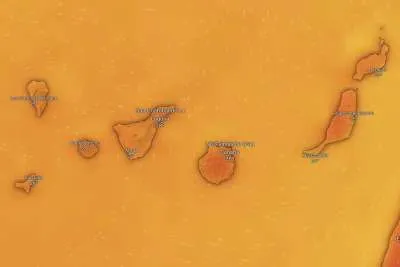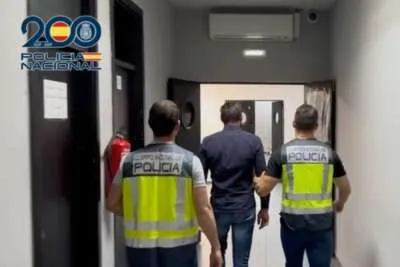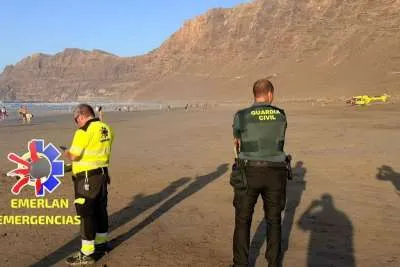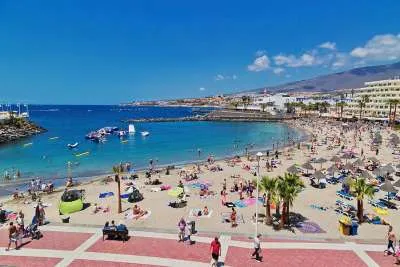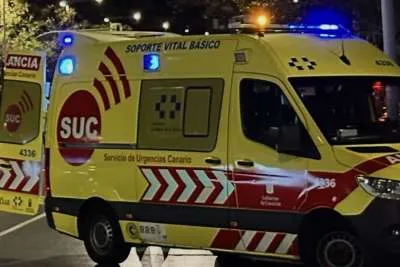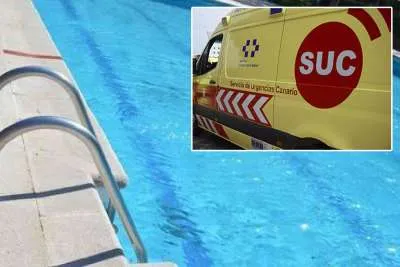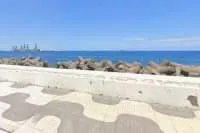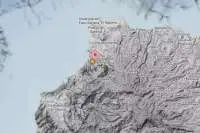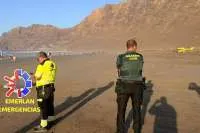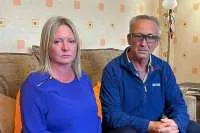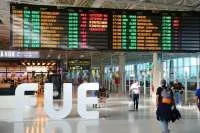55% of close contacts are avoiding trackers in outbreaks in Tenerife
- 17-08-2021
- Tenerife
- Canarian Weekly
The alert levels set by the Ministry of Health in the Canary Islands consist of 8 different indicators, all of which are deemed to be as important as each other. These are Incidence rates over 7 and 14 days in the general population and separately those over 65 (four indicators in total), occupancy of hospital beds in wards by Covid patients, ICU occupancy, percentage of PCR tests that are positive, and percentage of traceability of contacts/positives in outbreaks.
With this last one, the percentage needs to be as high as possible indicating that as many close contacts of people that test positive are also tested, however people are not giving names of people they have spent time with claiming that they don’t know their surname or can’t remember who they were with, but when someone else tests positive and claims them as a close contact the truth comes out, and the number of positives increases, which could have been prevented if they’d told the truth in the first place.
According to the latest daily situation report published by the Canary Islands Health Service (SCS), the percentage of traceability, that is, the number of cases assigned to an outbreak through follow-up, excluding the index case (the person who tested positive first), has a high risk in Tenerife.
The official data from last Friday (August 13th) shows that traceability is just 45.15% in Tenerife, compared with 71.9% in Gran Canaria and 72% in La Palma.
This means that almost 55% of close contacts derived from an outbreak in Tenerife are avoiding the tracking team, compared to 28% in Gran Canaria. This means that 55 out of every 100 possible infections are escaping the Health radar in Tenerife and is keeping the indicator high and the island in Level 4 restrictions.
Although people will say that alert levels don’t matter anymore as from 2 to 4 they are almost the same, this avoidance of the trackers is preventing a return to normality quicker because of their dishonesty. It may be a short term gain, but it will be a long term loss and is putting other people’s health and livelihoods at risk.
Other articles that may interest you...
Trending
Most Read Articles
Featured Videos
A Vision of Elvis Tenerife Promo
- 10-05-2025
Tenerife Travel Guide
- 13-12-2024
Live webcam from Lanzarote airport
- 13-12-2024













